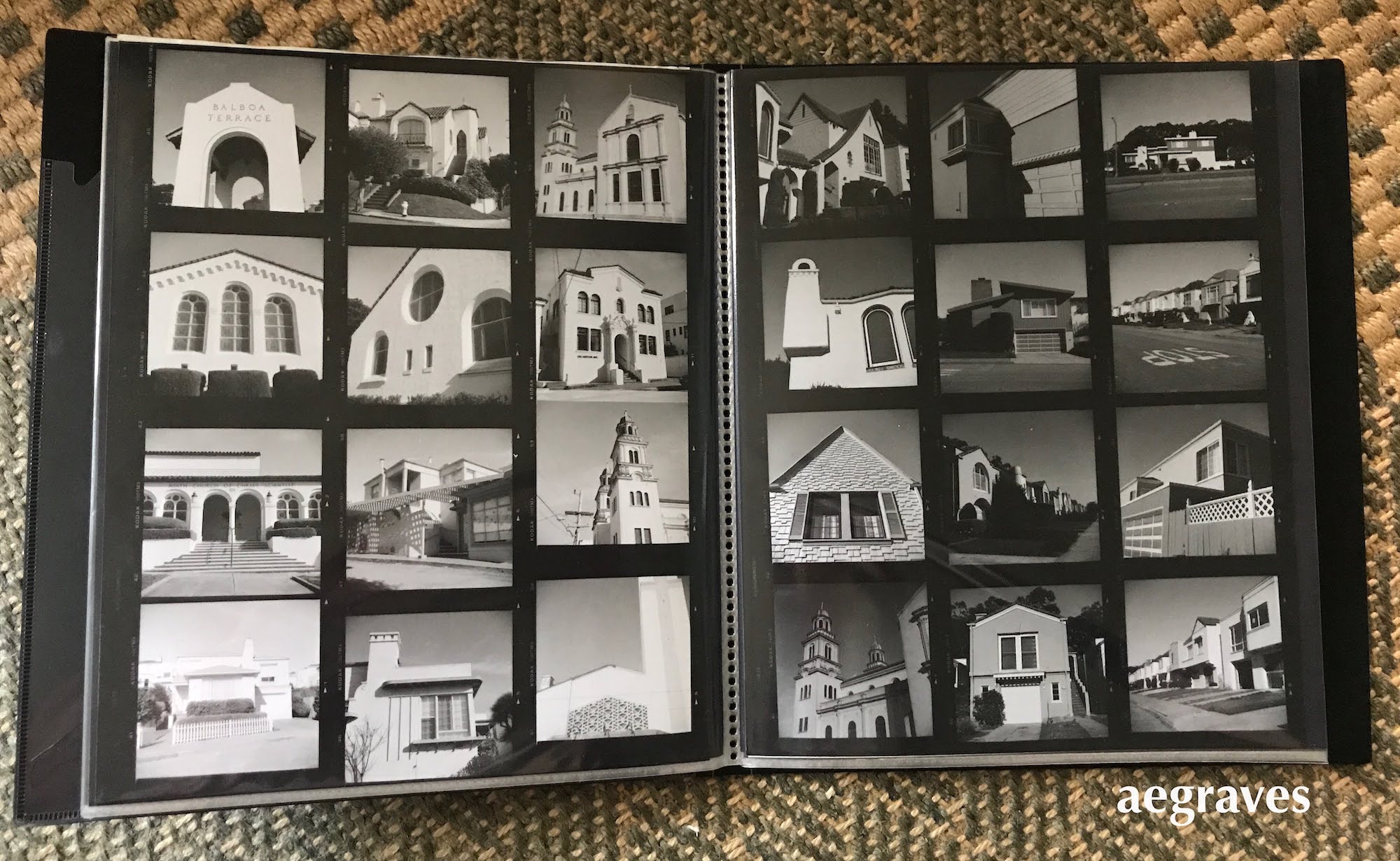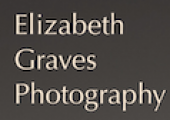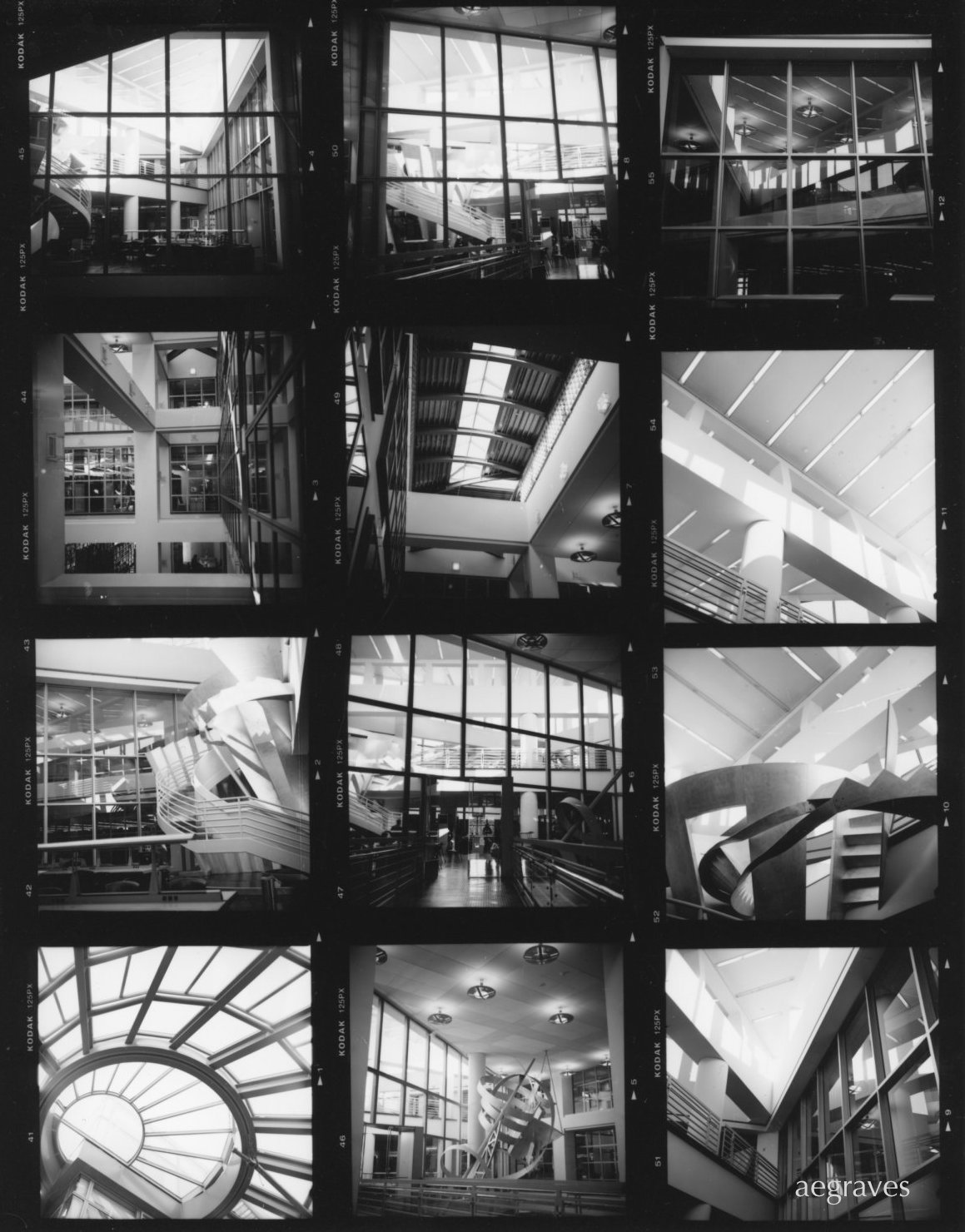I miss working in the darkroom. It’s hard work to be on your feet all day, walking from enlarger to pan to pan, timing each step, taking notes, making test strips, making adjustments, and doing it all again… But it’s also very satisfying to learn and improve!
One of the things I miss the most is having contact sheets. These are just prints made by putting your film on photo paper, pressing them flat with glass, and exposing them to light. (If you are using paper that requires filters, you’d add a colored filter to the light, so that the negatives would look similar to the way they would when printed.) They’re indexes of what is on each roll of film, in order, with the film numbers and film type displaying. They’re great for organizing, and for large negatives like my medium format exposures, they also provide a preview of the work.
I love them love them love them.
I’m sad that I don’t have these for every roll I’ve shot.
Yes, we have digital indices now, but they aren’t as good looking. They look like any other kind of file I have on my computer (which looks better than back in the day, understand that)! But contact sheets are… SPECIAL.
I love to see these in photography exhibits, because instead of just seeing a photographer’s greatest hits, you get to see everything they really shot, the bad photos, the odd compositions, the experiments that didn’t work out, the great photos they just chose not to print – all of it. There is something very COMPLETE about them.

If you haven’t worked in a darkroom with film before, I really recommend it… even the test prints can teach you something new. Contact sheets can put your work into a context that you may not have had if you just delete all of your ‘bad’ images digitally and move on…

